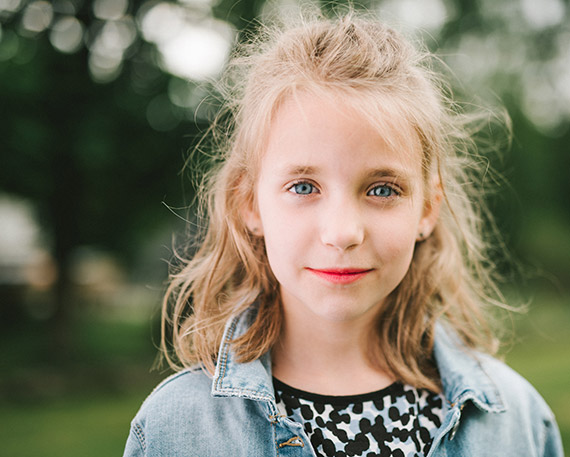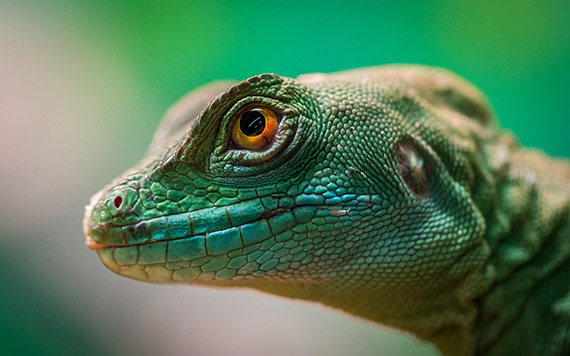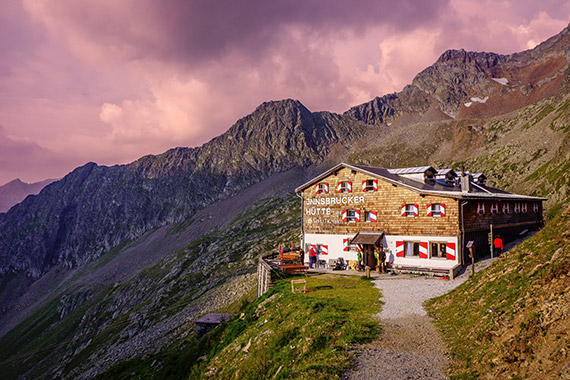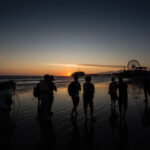Sometimes very small changes can have huge effects. This is especially true for photography, and this article will share seven tips to help.
1. Take the photo from the subject’s eye level
It’s so easy to just take a picture from a standing position, but if you’re for instance taking a picture of a kid, you will get a much more interesting picture if you bend down to the same level as the kid.

Photo by Janko Ferlič – @itfeelslikefilm
Remember that you don’t have to make the subject look into the camera. Simply getting down on the level of the subject will create a picture that has a more personal connection.
2. Avoid using a distracting background
By using a plain background, the picture will emphasize your subject and give you a much better result. A noisy and distracting background will draw the eye away from the subject and make the whole picture look messy and amateurish.
3. Use flash outdoors
On sunny days the sun often creates hard shadows and you get high contrast pictures where either your shadows burn out or your highlights get overexposed.
One of the best ways to remedy this is to use the flash. Given that your subject is within the range of the flash, it will work as a fill light, lifting the shadows and giving you a more balanced picture.
4. Get close to the subject
Getting very close to the subject or using the zoom to make the subject fill the viewfinder will often give you an impactful result. By doing this, you eliminate all background distractions and display the subject from a different perspective than what we’re used to.

Photo by Егор Камелев
If you want the subject to really pop from the background, you can either zoom in on the subject as much as possible and/or widen your aperture as much as possible. This will give you a nice, defocused background.
Keep in mind that you may have to put your camera into “macro”mode (often indicated by a flower-sign) to make this work. In addition, there is a limit of how close you can get. This depends on the lens of your camera and you can often find this distance printed around the edge of the lens.
5. Focus before you shoot
You’ll often get the pictures you want just pointing your camera at the subject and hitting the shutter button, thanks to the advanced auto focus found in newer cameras.
However, it’s not always perfect. Your camera might be focusing someplace different from where you wanted the focus to be, or maybe you missed the perfect moment when your camera was auto-focusing. If that’s the case, here’s what you do:
- Point the camera at the subject so that the subject appears in the center of the viewfinder (usually you will see a small box or point when you look through the viewfinder. Make sure your subject is within that area).
- Press the shutter button halfway down and wait for the camera to finish focusing.
- While still holding down the shutter button, reframe the picture the way you want it.
- Press the shutter button all the way down.
6. Bring the subject within range of the flash
Keep in mind that the flash range of most cameras is around ten feet (slightly over 3 meters). If you try to take a picture of a subject farther away than this, the flash will have little or no effect on the picture.
In the worst case you may end up ruining the picture since the flash could light up the foreground. With the camera set on automatic, it is likely to try to expose for the foreground, making your subject very dark.
7. Place the subject off-center
Placing the subject right in the middle of the picture often result in boring pictures. To spice things up a bit, imagine that the image you see through the viewfinder has three vertical and horizontal lines equally distributed, forming a perfect grid.

Photo by Tako van Midwoud
Place the subject at one of the intersections of lines and take the picture. Remember that since most cameras will try to focus on what’s in the middle of the picture, you may have to lock the focus as described above.
About the Author
This article was written by Andreas Lilleboe from PhotographyTipsforBeginners. She picked up photography as a hobby a few years ago and now runs a blog to help others take fantastic photos.
Like This Article?
Don't Miss The Next One!
Join over 100,000 photographers of all experience levels who receive our free photography tips and articles to stay current:






Good article with some good tips. I never realised I could use my blender to affect my photos ;)
Good tips. Regarding tip 2, another way to minimize a busy background is to shoot with a large aperture, such as f2.8 rather than f8, which decreases the depth of field, rendering the background out of focus. A longer lens, such as 100 mm and up, also helps to de-emphasize the background. Be aware that proper focusing becomes more critical with these methods.
Really great usable tips! Thanks for taking the time to post this! : )
Nice Post. Good tips, especially the one about shooting photos on eye-level with the subject. Also I like the tip about limiting the distractions in the background of the picture.